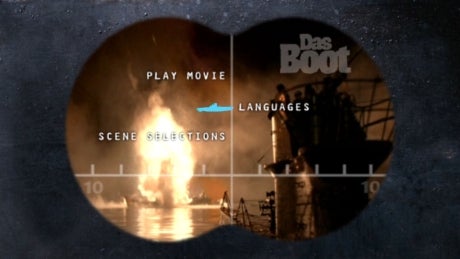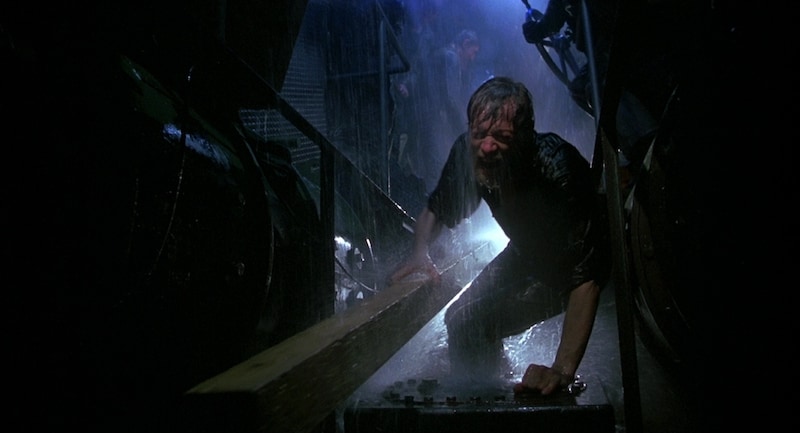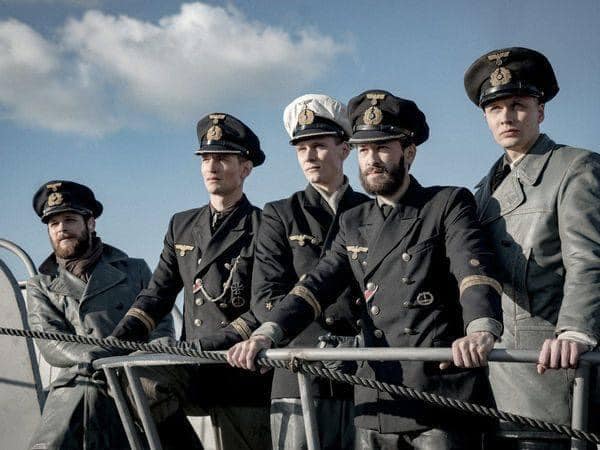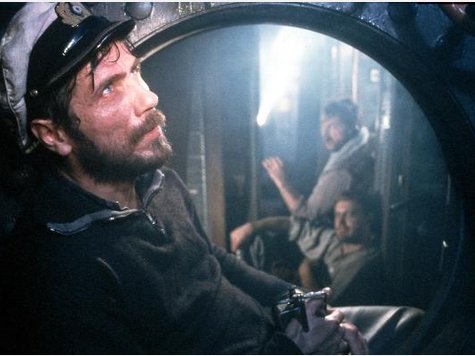The Mastery of “Das Boot”: A Cinematic Journey into the Depths of War
- fanmovies
- July 10, 2024

“Das Boot,” directed by Wolfgang Petersen, is a masterpiece that immerses viewers in the harrowing and claustrophobic world of a German U-boat during World War II. Released in 1981, the film stands as a benchmark in war cinema, blending relentless tension with a profoundly human narrative. It is a tour de force of storytelling, performance, and technical prowess, ensuring its place as a seminal work in the genre.
A Glimpse into the Depths
Set in 1941, “Das Boot” chronicles the perilous missions of U-96, a German submarine, and its crew. The film delves deep into the psychological and physical ordeals faced by these men, capturing their camaraderie, fears, and moments of despair as they navigate the treacherous waters of the Atlantic. The narrative is unflinching in its depiction of war, presenting an unvarnished view of the sailors’ daily lives, marked by relentless pressure and the ever-present threat of death.
Jürgen Prochnow’s Commanding Performance
Central to the film’s impact is Jürgen Prochnow’s exceptional performance as the Captain, known simply as the “Old Man.” Prochnow embodies the character with a nuanced blend of authority, empathy, and quiet resolve. His portrayal anchors the film, providing a human face to the harrowing experiences of the crew. The Captain’s stoic demeanor and unwavering commitment to his men underscore the film’s exploration of leadership and survival under extreme conditions.
Authenticity in Every Frame
One of the most striking aspects of “Das Boot” is its meticulous attention to detail. Petersen’s direction ensures that every frame of the film feels authentic. The cramped, oppressive interiors of the submarine are recreated with painstaking accuracy, immersing viewers in the claustrophobic environment. The film’s visual and sound design further enhance this immersion, with every creak, groan, and ping of the sonar contributing to the tension.
The film’s authenticity extends to its portrayal of naval combat. “Das Boot” eschews glorified depictions of warfare, opting instead for a realistic and often brutal representation. The underwater battles are depicted with a raw intensity that conveys the chaos and terror of submarine warfare. These sequences are both thrilling and harrowing, underscoring the high stakes and precarious nature of the crew’s existence.
A Haunting Musical Score
Complementing the film’s visual and narrative elements is its haunting musical score, composed by Klaus Doldinger. The music underscores the emotional landscape of the film, heightening moments of tension and providing a poignant backdrop to the crew’s quieter, more introspective moments. The score is a crucial element in the film’s ability to evoke a deep emotional response from its audience.
Enduring Impact
“Das Boot” is more than just a war film; it is a profound exploration of the human condition under extreme circumstances. Its unrelenting tension, combined with its richly drawn characters and authentic depiction of life aboard a U-boat, ensures that it remains a compelling and immersive cinematic journey. The film’s impact lingers long after the closing scenes, prompting reflection on the nature of war, duty, and survival.
In conclusion, “Das Boot” is a cinematic triumph that continues to resonate with audiences. Wolfgang Petersen’s masterful direction, Jürgen Prochnow’s commanding performance, and the film’s meticulous attention to detail come together to create an unforgettable portrayal of wartime life. It is a film that stands the test of time, offering a gripping and emotionally resonant experience that remains as powerful today as it was upon its release.
4o